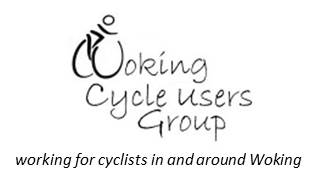INTERNATIONAL WATERWAY ASSOCIATION has issued a cycling code to help make cyclists more aware of the potential hazards along a towpath. IWA’s Cycling Code aims to promote good practice amongst cyclists on the towpath and to raise awareness and improve the safety of both cyclists and other towpath users.
- Slow down when approaching anglers, towpath walkers and other towpath users, especially family groups and disabled people or those with reduced mobility, and be prepared to dismount or wait for people to get out of your way.
- Always have a bell or horn fitted to your cycle and ALWAYS use it when approaching other users of the towpath.
- Be prepared to dismount when local signs or common sense indicate that you should, for example at congested locations and under low, narrow or blind bridges
- Be considerate to all other users of the towpath. Pedestrians have priority. Be particularly aware of boat crews operating locks or bridges or stepping off a boat onto the towpath to moor up.
- Slow down when approaching bridges, locks and other structures, especially when there is a blind bend and you cannot see who or what is ahead of you, and be prepared to stop.
- Be aware that very occasionally a towpath crosses a road, for example when there is no room under a road bridge for a towpath. Be prepared to stop and be aware of fast moving traffic on busy main roads.
- Watch out for hazards on the towpath such as ropes from boats, mooring stakes and bollards. Allow anglers time to move their tackle before you try to pass.
- If cycling at night have lights fitted to your cycle and use them.
- Wearing headphones can limit communication between cyclist and other users. For this reason it is not recommended.
- Avoid cycling in large groups or having races with fellow cyclists – the towpaths are not an appropriate place for this.
- Be friendly to other waterway users. The towpaths are there for everyone to enjoy.

